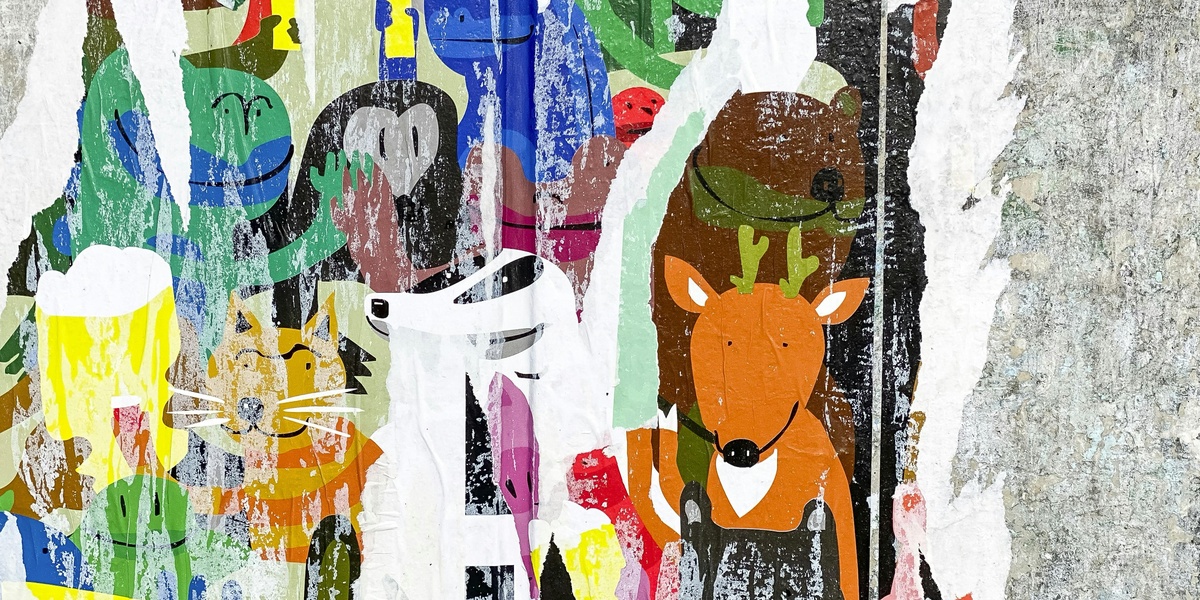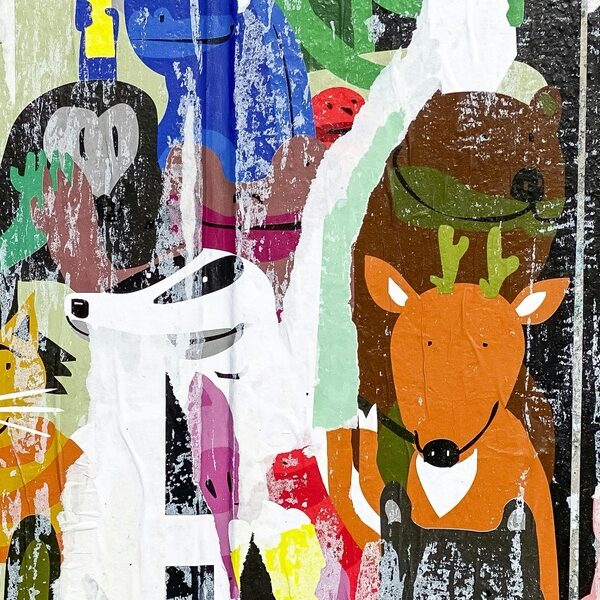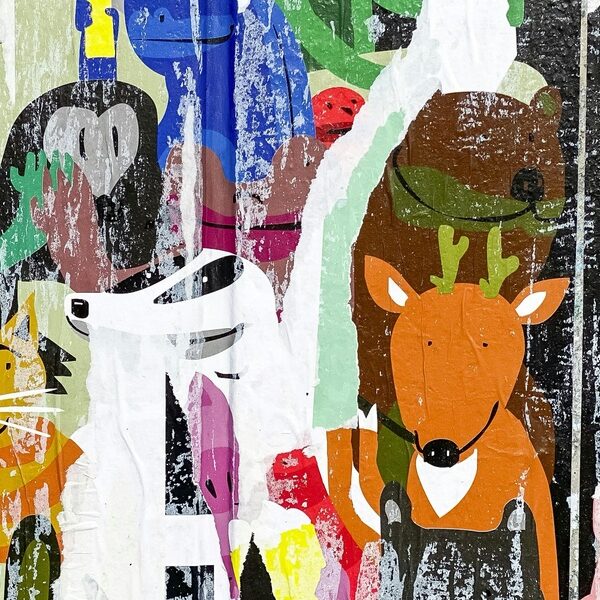This list includes 31 Common Animals that start with D, from “Dab” to “Dwarf Mongoose”. These entries cover familiar mammals, birds, fish, reptiles, and amphibians useful for classroom activities, quick reference, and nature study.
Common Animals that start with D are everyday-named species that begin with the letter D, often spanning diverse groups worldwide. For example, the domestic dog is both culturally significant and among the most familiar D-species worldwide.
Below you’ll find the table with common name, scientific name, order, and habitat/distribution.
Common name: This shows the widely used everyday name for the animal, helping you recognize species in guides and conversation.
Scientific name: Gives the Latin binomial so you can find precise species information and avoid confusion between similar common names.
Order: Provides the taxonomic order to show broader evolutionary relationships and help you group animals by similarity.
Habitat/distribution: Notes typical environments and geographic range so you can learn where each animal lives and is commonly seen.
Methodology: Entries use widely accepted common and scientific names, and focus on familiar species with concise habitat notes.
Use the A–Z index to jump to other letters in the series.
Common Animals that start with D
| Common name | Scientific name | Order | Habitat/Distribution |
|---|---|---|---|
| Dab | Limanda limanda | Pleuronectiformes | Sandy seabeds in the North Atlantic and surrounding seas. |
| Dalmatian Pelican | Pelecanus crispus | Pelecaniformes | Wetlands, lakes, and river deltas from southeastern Europe to China. |
| Damselfish | Pomacentridae | Perciformes | Tropical coral reefs and rocky shores, primarily in the Indo-Pacific. |
| Damselfly | Zygoptera | Odonata | Near freshwater sources like ponds, marshes, and streams worldwide. |
| Darter | Etheostomatinae | Perciformes | Small, fast-flowing freshwater streams, primarily in North America. |
| Darwin’s Frog | Rhinoderma darwinii | Anura | Forest streams in the temperate forests of southern Chile and Argentina. |
| Death Adder | Acanthophis | Squamata | Forests, woodlands, and grasslands of Australia and New Guinea. |
| Deer | Cervidae | Artiodactyla | Forests, grasslands, and wetlands worldwide, except Australia and Antarctica. |
| Degu | Octodon degus | Rodentia | Shrubland and mountainsides of central Chile. |
| Desert Locust | Schistocerca gregaria | Orthoptera | Arid regions of Africa, the Middle East, and Southwest Asia. |
| Desert Tortoise | Gopherus agassizii | Testudines | Mojave and Sonoran deserts of the southwestern United States and northwestern Mexico. |
| Dhole | Cuon alpinus | Carnivora | Forests and grasslands of Central, South, and Southeast Asia. |
| Diamondback Rattlesnake | Crotalus | Squamata | Deserts, grasslands, and pine forests of North America. |
| Dik-dik | Madoqua | Artiodactyla | Shrublands and savannas of eastern and southern Africa. |
| Dingo | Canis dingo | Carnivora | Grasslands, deserts, and forest edges of Australia. |
| Dipper | Cinclus cinclus | Passeriformes | Fast-flowing rivers and streams in Europe, Asia, and northern Africa. |
| Dodo | Raphus cucullatus | Columbiformes | Formerly native to the island of Mauritius; now extinct. |
| Dog | Canis lupus familiaris | Carnivora | Domesticated worldwide, living alongside humans in various environments. |
| Dolphin | Delphinidae | Artiodactyla | Oceans and some rivers worldwide, from coastal areas to the deep sea. |
| Donkey | Equus asinus | Perissodactyla | Domesticated globally; wild asses are found in deserts of Africa and Asia. |
| Dormouse | Gliridae | Rodentia | Woodlands and shrublands across Europe, Asia, and Africa. |
| Douroucouli | Aotus | Primates | Forests of Central and South America. |
| Dove | Columbidae | Columbiformes | Worldwide, except for the driest deserts and coldest polar regions; very adaptable. |
| Dragonfly | Anisoptera | Odonata | Near freshwater bodies like ponds, lakes, and rivers worldwide. |
| Dromedary Camel | Camelus dromedarius | Artiodactyla | Deserts of the Middle East, North Africa, and the Horn of Africa. |
| Duck | Anatidae | Anseriformes | Freshwater and saltwater habitats on every continent except Antarctica. |
| Dugong | Dugong dugon | Sirenia | Warm coastal waters from East Africa to Australia, including the Red Sea. |
| Dungeness Crab | Metacarcinus magister | Decapoda | Eelgrass beds and sandy bottoms along the west coast of North America. |
| Dunnock | Prunella modularis | Passeriformes | Gardens, woodlands, and scrub across much of Europe and Asian Russia. |
| Dusky Dolphin | Lagenorhynchus obscurus | Artiodactyla | Cool, coastal waters of the Southern Hemisphere. |
| Dwarf Mongoose | Helogale parvula | Carnivora | Savannas, woodlands, and grasslands of eastern and southern Africa. |
Descriptions
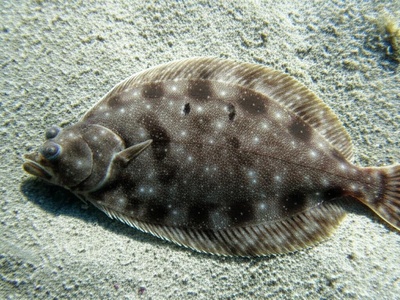
Dab
A common flatfish that lies on its side on the ocean floor. Like other flatfish, both of its eyes are located on the right side of its head.
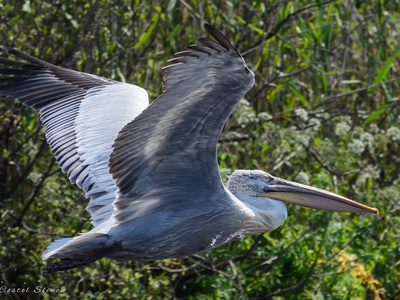
Dalmatian Pelican
One of the world’s largest freshwater birds, with a massive wingspan and shaggy head feathers. Its population is recovering after facing near extinction.
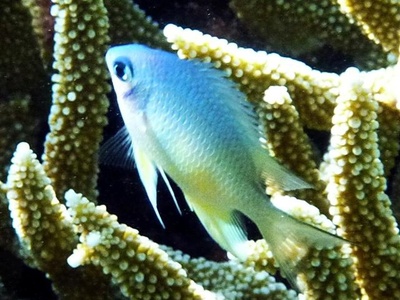
Damselfish
A family of small, often brightly colored marine fish. Many species are popular in aquariums and are known for aggressively defending their small territories on the reef.
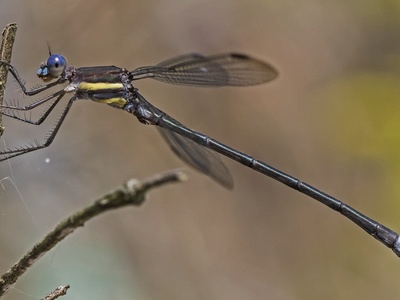
Damselfly
An insect similar to a dragonfly but typically smaller with a more slender body. At rest, most damselflies hold their wings folded together over their abdomen.
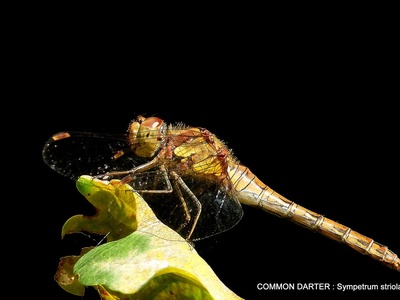
Darter
A group of small, often colorful freshwater fish related to perch. They lack a swim bladder, causing them to sink and “dart” along the stream bottom.
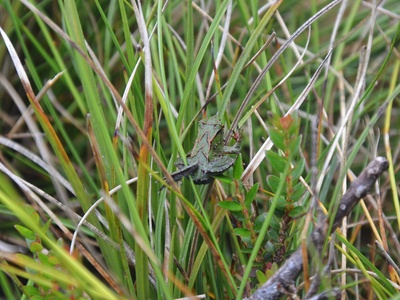
Darwin’s Frog
A small frog famous for its unique breeding method, where the male broods the tadpoles inside his vocal sac until they emerge as fully formed froglets.
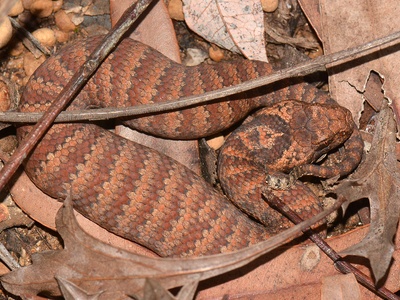
Death Adder
A highly venomous snake with a short, thick body and a thin tail tip that it uses as a lure to attract prey. It is an ambush predator.
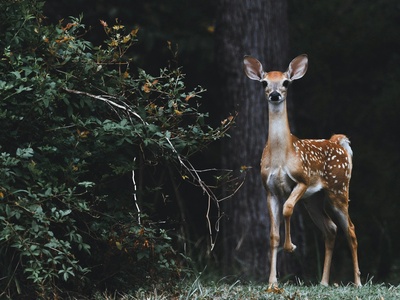
Deer
Herbivorous mammals known for their antlers, which are typically grown and shed annually by males. There are over 60 species, including moose, elk, and reindeer.
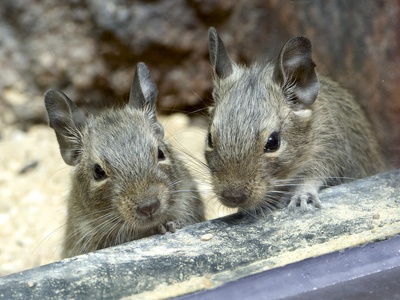
Degu
A small, highly social rodent native to Chile, sometimes kept as a pet. Degus are known for their complex vocalizations and their intelligence.
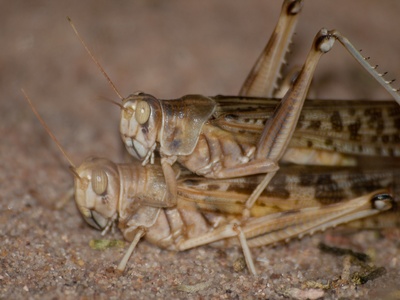
Desert Locust
A species of grasshopper that can form enormous, destructive swarms. Under certain conditions, they become highly mobile and voracious crop pests, consuming entire fields.
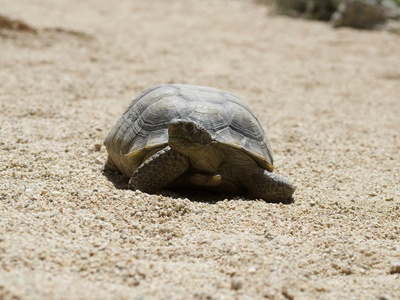
Desert Tortoise
A species well-adapted to arid environments, spending much of its life in burrows to escape extreme temperatures. It can survive a year or more without access to water.
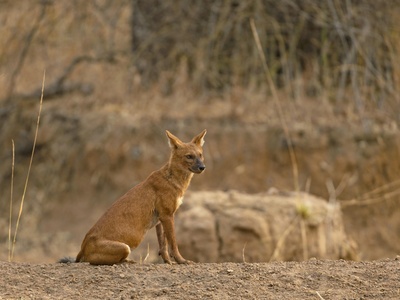
Dhole
Also known as the Asiatic wild dog, dholes are highly social pack hunters. They communicate with an unusual variety of whistles, clicks, and other vocalizations.
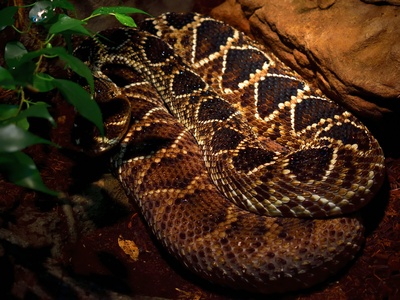
Diamondback Rattlesnake
A group of venomous pit vipers known for the diamond-shaped pattern on their backs. They use the iconic rattle on their tail to warn potential threats.
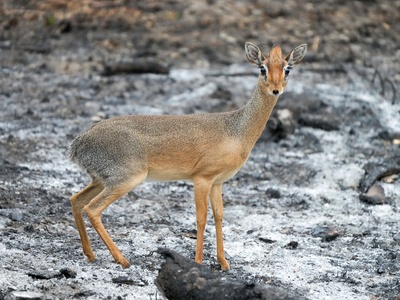
Dik-dik
A tiny antelope standing only about 30–40 cm tall. They are named for the “zik-zik” or “dik-dik” alarm call that females make through their noses.
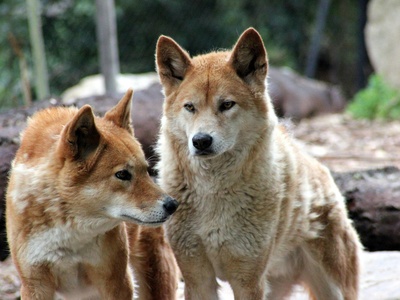
Dingo
A type of wild dog native to Australia. While they resemble domestic dogs, dingoes are an ancient lineage that has adapted to the wild over thousands of years.
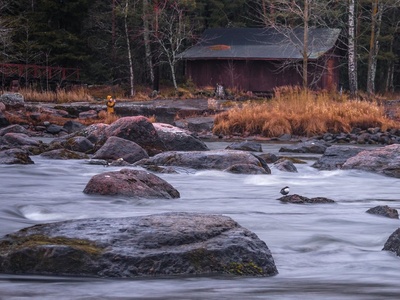
Dipper
A unique songbird that can walk underwater along riverbeds to forage for aquatic insects. Its dense, waterproof plumage helps it survive in cold water.
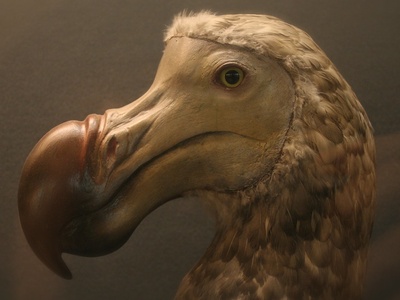
Dodo
A large, flightless bird that became extinct in the late 17th century. The dodo is a famous icon of human-caused extinction, having been hunted to oblivion.

Dog
A domesticated descendant of the wolf, known as “man’s best friend” for its loyalty and companionship. Dogs have been selectively bred for thousands of years into many breeds.
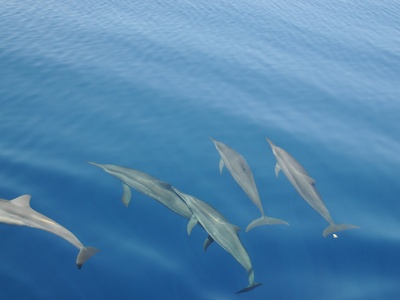
Dolphin
Highly intelligent marine mammals known for their playful behavior and use of echolocation to navigate and hunt. They are social animals that live in groups called pods.
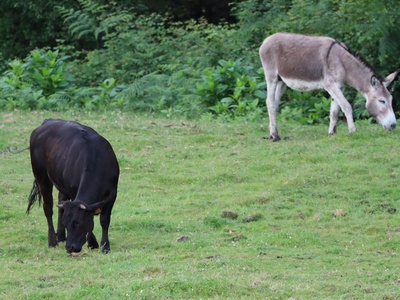
Donkey
A member of the horse family, known for its long ears and loud bray. Donkeys have been used as working animals for over 5,000 years.
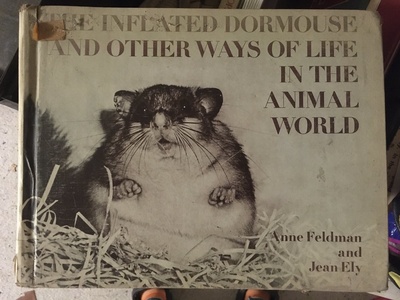
Dormouse
Small rodents known for their long periods of hibernation, sometimes for six months or longer. Their name comes from the Anglo-Norman word “dormeus,” meaning “sleepy one.”
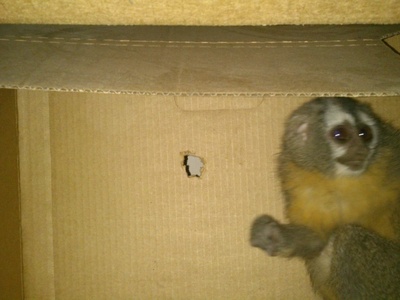
Douroucouli
Also known as night monkeys, they are the only truly nocturnal monkeys. They have enormous eyes to help them see in the dark and live in small family groups.
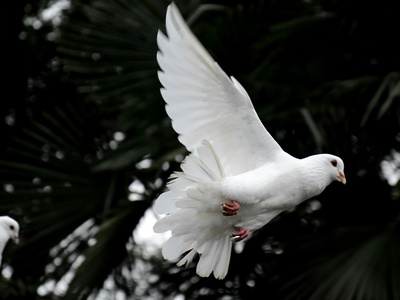
Dove
Generally smaller-bodied birds from the same family as pigeons, known for their gentle cooing sounds. They are often used as symbols of peace and love.
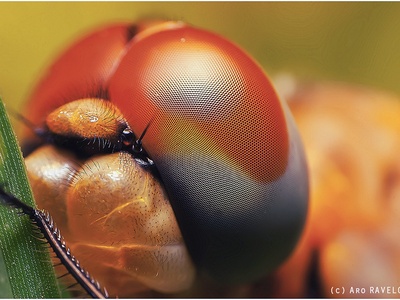
Dragonfly
Agile flying insects with large multifaceted eyes and two pairs of strong wings. They are expert aerial predators, catching other insects like mosquitoes mid-air.
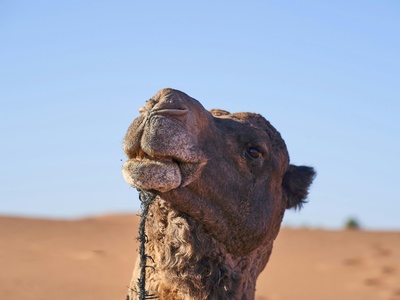
Dromedary Camel
Also known as the Arabian camel, it has a single hump for storing fat, not water. This adaptation allows it to survive long periods without food in harsh climates.
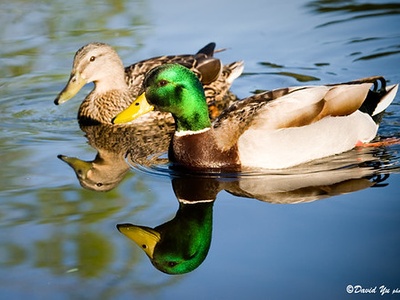
Duck
Aquatic birds with waterproof feathers and webbed feet adapted for swimming. The term “duck” usually refers to the smaller, shorter-necked species in their family.
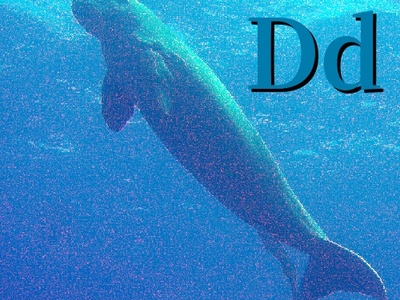
Dugong
A large marine mammal related to the manatee, often called a “sea cow.” Dugongs are strictly herbivorous, feeding almost exclusively on seagrass in shallow coastal waters.
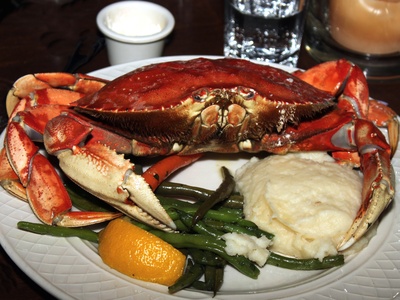
Dungeness Crab
A commercially important crab prized for its sweet, delicate meat. It is named after the port of Dungeness, Washington, and has a distinctive wide, hard shell.
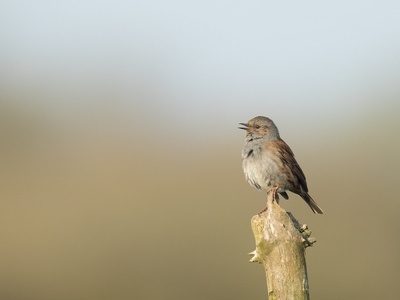
Dunnock
A small, quiet, brown bird often mistaken for a sparrow. Dunnocks are known for their complex and variable mating systems, which can include both monogamy and polygamy.
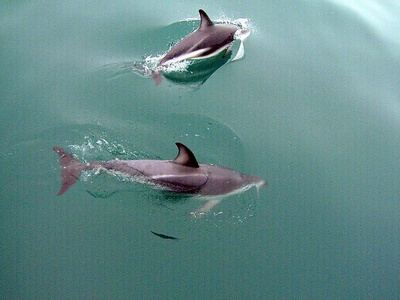
Dusky Dolphin
A small, highly acrobatic dolphin known for its spectacular leaps, flips, and somersaults. They are very social, often gathering in large groups to feed and play.
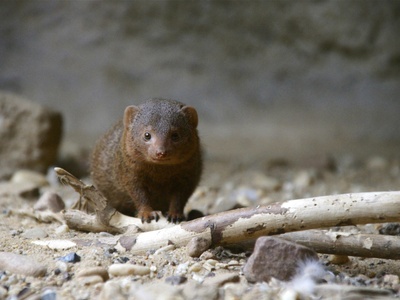
Dwarf Mongoose
Africa’s smallest carnivore, living in social groups led by a dominant breeding pair. The group works together to forage, watch for predators, and care for the young.
